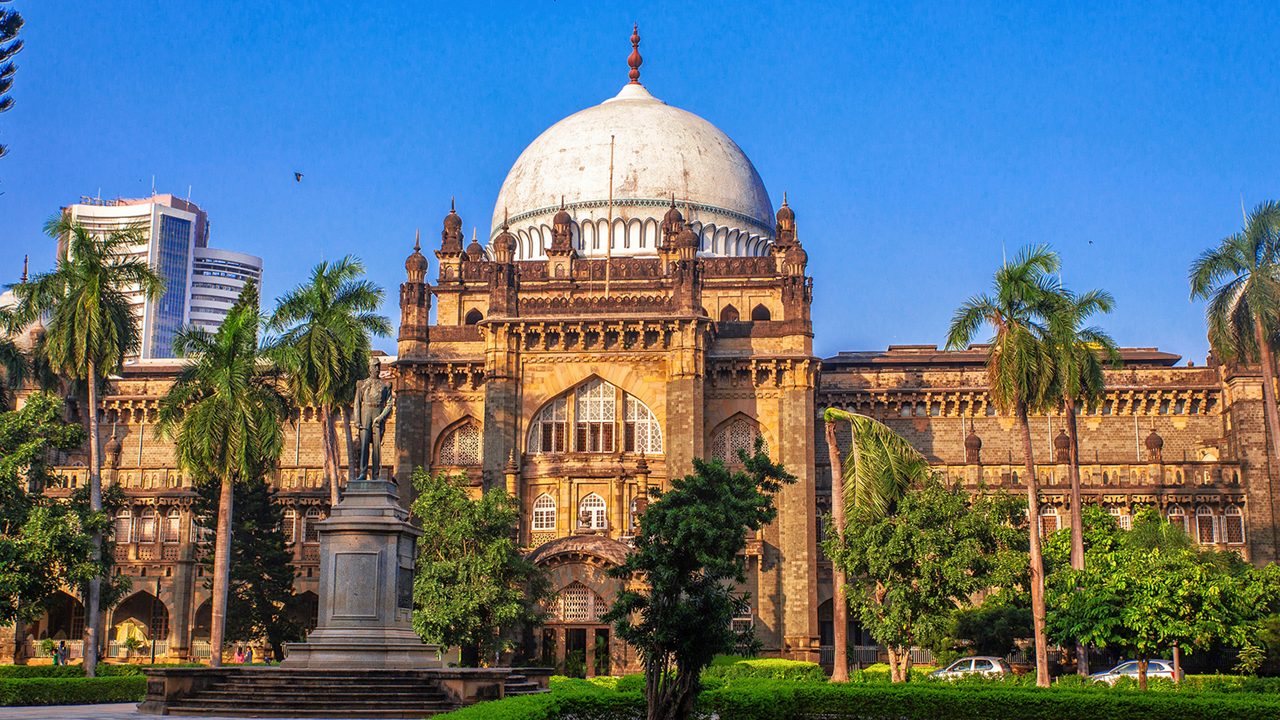Our Latest Blog

Chhatrapati Shivaji Maharaj Vastu Sangrahalaya
Chhatrapati Shivaji Maharaj Museum
Mumbai
04-05-2025
Museum
Formerly known as: Prince of Wales Museum of Western India.
Location: Fort, Mumbai, Maharashtra
Established: 1922
Class: History, Archaeology and Art Museum
Historical Background
- The symbolic foundation stone laying ceremony was held in 1905 by the Prince of Wales, who later became King George V, marking a historic moment in his visit to India.
- Inauguration: The museum was opened to the public in 1922 to commemorate the Prince's visit.
- Naming: In 1998, the institution underwent a significant name change and was formally named Chhatrapati Shivaji Maharaj Vastu Sangrahalaya, a name that pays tribute to the great and famous Maratha king.
Architecture
- Style: Indo-Saracenic Revival style, a blend of Mughal, Maratha, and Jain styles with a dash of British and European influences.
- The architect of this project is George Wittet, who is also famous for creating the iconic Gateway of India.
Highlighting the exceptional collection features
The museum houses over 50,000 artifacts of various subjects:
1. Archaeological Department
- Indus Valley Civilization pottery, tools, seals.
- Sculpture from the Maurya to Gupta periods.
- Bronze images from South India.
- Rare terracotta figurines.
2. Art Department dedicated to
- Miniatures from the Deccan, Mughal, Hill and Rajasthani schools.
- European art, including works from the British colonial period.
- Textile exhibitions, decorative arts (ivory, jade, jewellery).
3. Arms and Armour Gallery
- Swords, shields, spears and guns from the Mughal and Maratha periods.
- There were also tools that once belonged to mythological figures.
4. Natural History Department
- Taxidermy animals, birds and reptiles.
- Geological specimens such as unusual rocks and minerals.
- Educational exhibits for children on evolution and ecology.
5. Foreign antiquities
- Buddhist artefacts from China, Nepal and the Tibetan region.
- Persian Islamic calligraphy and pottery from Central Asia and Persia.
Structure:
- Designed on the lines of Bijapur's Gol Gumbaz.
- Columns featuring intricate and complex flower designs, which are bracketed with ornamented brackets.
- On its sides, there are expansive gardens that contain exquisite sculptures and unique trees.
Travel Tips
- Arrive early to escape the crowds, particularly on weekends.
- Photography is only allowed in areas that have been assigned for this purpose.
- Take 2–3 hours for a complete visit.
- Bring a student ID to be eligible for student discounts.
- Don't forget to visit the museum gift shop for genuine, locally created souvenirs.